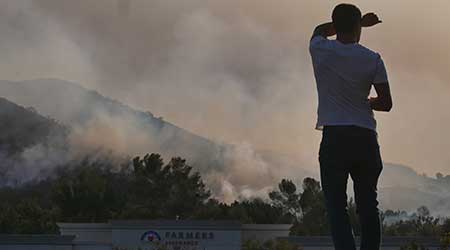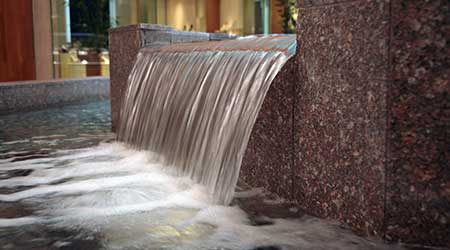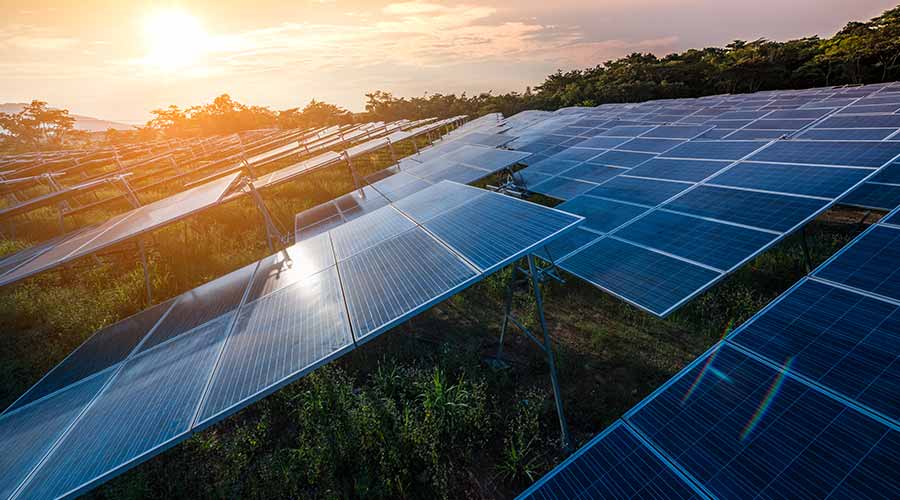
Best Practices to Improve Indoor Air Quality During Wildfires
October 31, 2019
As fires continue to burn across large swaths of California, preserving indoor air quality in commercial and institutional facilities with vulnerable populations, such as schools, requires special attention. Indoor air scientists at Lawrence Berkeley National Laboratory's Indoor Environmental Group offer some strategies to follow to improve indoor air quality.
In commercial and institutional facilities, smoke particles can still infiltrate the facility even with windows and doors closed. This infiltration is caused by direct outside air intake into the HVAC system, which is unavoidable in order to maintain proper ventilation, and through breaches in the building's envelope. An older commercial facility without high performance filtration can have indoor particle levels that are 70 to 80 percent of outdoor levels, even with windows and door closed, says Brett Singer, mechanical staff scientist and engineer at the lab.
Because the infiltration is unavoidable, scrubbing the indoor air with air filtration is necessary. The scientists recommend using filters with MERV ratings of 12 or higher. Another metric to look for is a microparticle performance rating (MPR) of 1900 or higher, or a filter performance rating (FPR) of 9 or higher. Reducing outside air intake to the lowest allowable level is also recommended while outside conditions remain unfavorable.
Naomi Millán is senior editor of Building Operating Management.
Next
Read next on FacilitiesNet












